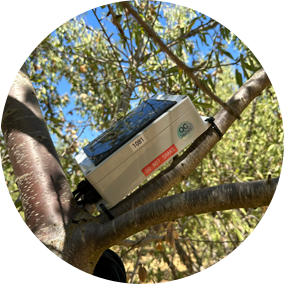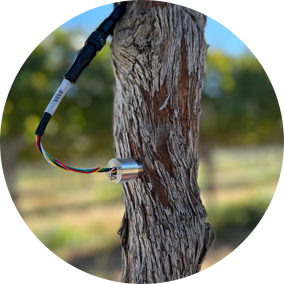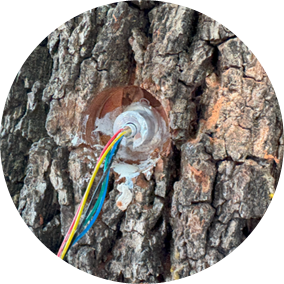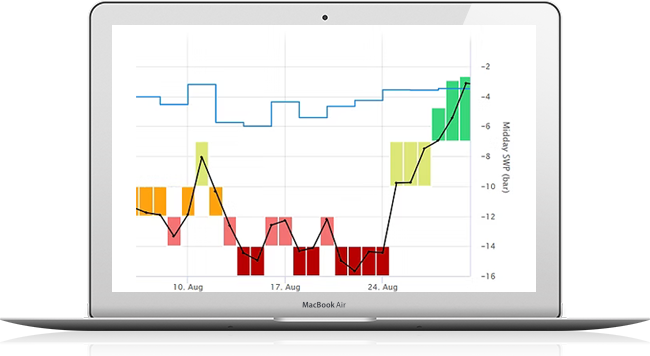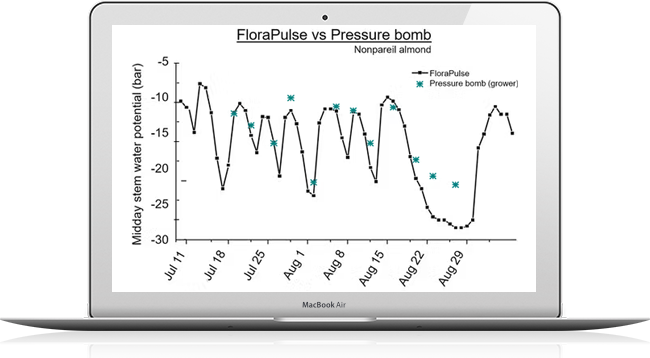About
FloraPulse
Retire the pressure chamber, know exactly when to irrigate, increase crop yield and quality.
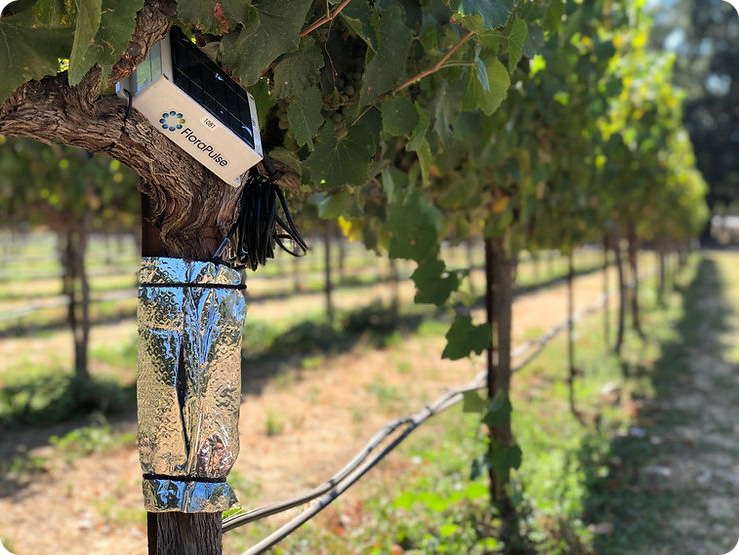
FloraPulse began in the orchards and vineyards of growers.
Since the 1970’s, Alan Lakso, professor of Horticulture at Cornell, had been dragging around the heavy, manual pressure chamber to measure and manage water stress in apple trees and grapevines. Alan was documenting the levels of water stress and their effect on fruit growth and quality. Back then, winegrape growers understood that water stress was important to wine quality, but only had the pressure chamber to measure it.
Why FloraPulse?
Exploring the Rhizopus Phenomenon
As a professional at FloraPulse, I’ve witnessed firsthand how mismanagement of crop health can lead to fungal outbreaks in California’s agricultural sectors. Rhizopus California represents a significant issue, often thriving in compromised sugarbeets and other crops. Notably, Rhizopus arrhizus is more prevalent in California, despite being a weak pathogen.
During my 20+ years in the field, I’ve observed how this fungus exploits existing damages, such as insect injuries or excessive soil moisture, creating conditions ripe for its proliferation. It’s crucial to monitor environmental factors closely, as even small deviations can lead to significant losses.
Identifying Symptoms and Signs of Rhizopus California
Recognizing the signs of a Rhizopus California infestation is vital for timely intervention. Initial symptoms include temporary wilting of foliage, progressing to permanent wilting as stress continues. If left unmonitored, these symptoms can lead to brittle and dry roots, often accompanied by a distinctive acetic acid odor.
In my engagements with farmers, I’ve emphasized the importance of checking for black sporangia on white mycelium–an indicator that the infection has taken a foothold. The appearance of gray-brown tissue and darker vascular rings also serves as a red flag. These visual cues serve as critical signals for growers to act promptly.
Effective Management Strategies for Rhizopus California
From my extensive experience, managing Rhizopus California involves a proactive approach. Key strategies include maintaining optimal soil moisture, implementing insect control measures, and ensuring minimal taproot injuries. Here’s a step-by-step guide to manage this pest effectively:
- Regularly monitor soil moisture levels to prevent excess.
- Inspect crops for any signs of insect damage, and address them immediately.
- Utilize plant-based sensors, like those from FloraPulse, to track water stress and adjust irrigation methods accordingly.
- Ensure that crops are free from external injuries by using careful planting and harvesting techniques.
The insights gathered from FloraPulse systems have shown that consistent monitoring and precise irrigation play pivotal roles in preventing the onset of Rhizopus-related diseases.
What Qualifies as a Rhizopus California Emergency?
A Rhizopus California emergency occurs when the infection spreads rapidly, leading to extensive crop losses if not addressed immediately. This often results from a combination of high temperatures and compromised plant health.
In one notable case, a farmer in Fresno discovered that an unnoticed root injury led to a rapid outbreak. By using real-time data from FloraPulse, they were able to adjust irrigation and salvage a significant portion of the crop. Such instances underscore the importance of early detection and intervention.
Real-World Insights on Handling Rhizopus California
Over the years, I’ve collected numerous testimonials from growers who have tackled Rhizopus California challenges. Many have leveraged FloraPulse technology to gain a competitive edge. In one instance, a vineyard owner in Napa implemented our sensors to monitor grape health during a heatwave, successfully mitigating potential Rhizopus outbreaks.
Engaging directly with these growers, I’ve observed a common theme: the effectiveness of Rhizopus management lies in combining innovative technology with traditional farming wisdom. Trust in data-driven solutions complements the growers’ instincts, leading to better outcomes.
Advanced Prevention Techniques for Rhizopus California
- Implement crop rotation to avoid continuous growth of susceptible plants.
- Adopt resistant crop varieties when available.
- Incorporate biological control methods to naturally reduce Rhizopus populations.
Such advanced techniques can provide an additional layer of protection, ensuring the longevity and productivity of Californian agriculture in the face of Rhizopus threats.
What makes Rhizopus California a significant concern for growers in agricultural sectors?
Rhizopus California poses a notable challenge due to its ability to exploit weakened plants, often thriving in damaged crops like sugarbeets. This fungus becomes particularly problematic when environmental factors like excessive moisture or insect damage create ideal conditions for its growth. For any grower, the key is to be vigilant about these conditions and use tools like FloraPulse sensors to monitor plant health and prevent outbreaks.
How can growers effectively identify symptoms of Rhizopus California early on?
Early detection is crucial. Initial indicators include temporary wilting, which progresses to permanent wilting if ignored. One should look for black sporangia on white mycelium and gray-brown tissue, which are signs of infection. A distinctive acetic acid odor can also signal its presence. Regular crop inspections, combined with technology like FloraPulse, can provide early warnings to implement timely interventions.
What strategies can be implemented to manage Rhizopus California effectively?
Managing this pathogen involves a proactive approach. It starts with maintaining optimal soil moisture levels and addressing insect damage immediately. FloraPulse’s technology offers precise irrigation guidance, helping growers to adjust water application and minimize risks. Additionally, ensuring that crops remain free from external injuries through careful handling can significantly reduce vulnerability to this fungus.
When does a Rhizopus California situation become an emergency, and how should it be addressed?
A Rhizopus California emergency arises when infection spreads rapidly, potentially leading to significant crop loss. Rapid intervention is essential. A practical example is a case in Fresno where real-time data from FloraPulse helped adjust irrigation to control a sudden outbreak. In emergencies, swift adjustments based on reliable data can salvage crops, highlighting the importance of having the right technology in place.
What real-world insights have been gained from dealing with Rhizopus California outbreaks?
Real-world experiences show that the combination of innovative technology with traditional farming wisdom is effective. For instance, a vineyard in Napa used FloraPulse sensors during a heatwave to monitor grape health, successfully avoiding an outbreak. Trusting both data and intuition seems to lead to the best outcomes, illustrating the value of integrating new tools into established practices.
What advanced prevention techniques can growers employ to protect against Rhizopus California?
Advanced prevention techniques include rotating crops to avoid continuous planting of susceptible species, using resistant varieties, and implementing biological controls to naturally reduce Rhizopus populations. These methods, coupled with FloraPulse’s data-driven insights, create a robust defense against this fungal threat, ensuring better long-term crop health and productivity.
How does FloraPulse technology enhance the management of Rhizopus California in vineyards and orchards?
FloraPulse provides accurate irrigation guidance through its plant-based sensors, offering precise stem water potential readings. This allows growers to fine-tune irrigation schedules, maintaining optimal plant health and minimizing conditions favorable for Rhizopus. By routinely analyzing this data, growers can proactively adapt to environmental changes, supporting more resilient crop management strategies.
Why is it important for growers to integrate data-driven solutions like FloraPulse into their agricultural practices?
Data-driven solutions offer an unprecedented level of precision and reliability in crop management. FloraPulse, for example, enhances this by delivering daily insights into plant water stress, enabling growers to act with confidence. As agriculture faces increasing challenges from climate change and pests, leveraging such technology becomes essential for sustainability and improved yields. What other technological innovations could further transform traditional farming methods?
How It Works
How It Works
The FloraPulse system is a microchip tensiometer (microtensiometer) that is embedded into the tree woody tissue and directly measures the water status, known as water potential. Because the measurement is taken directly inside the water-carrying tissue, readings are very accurate and reliable. You receive daily midday stem water potential readings, along with science-backed irrigation recommendations.
Weekly Reports
Receive weekly reports on your crop’s water-stress history, color-coded by stress level. Use clear, detailed data to adjust your irrigation and get that perfect vintage, that perfect yield. Every year.
Scientific Validation
The sensor data has been validated against the Scholander chamber with good correlation in prune, almond, winegrape (and others).
Technology Backers

Our technology has been funded by the NSF and USDA, and was originally developed at Cornell University.
What is FloraPulse?
The most accurate way to irrigate.
Customer Testimonials
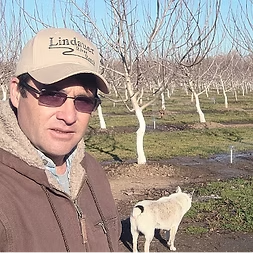

“We were extremely happy with the FloraPulse system we tested in our prune orchard this year. We found that the FloraPulse readings correlated very well with our pressure bomb readings…
Michael Vasey
Lindauer River Ranch
Red Bluff, California
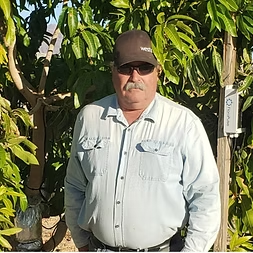

“I am very happy with the FloraPulse unit. I grow a rare mango crop, in a desert environment with extremely high summer temperatures, in alluvium soil that has very limited…
Rod Chamberlain
Wong Farms
Mecca, California


